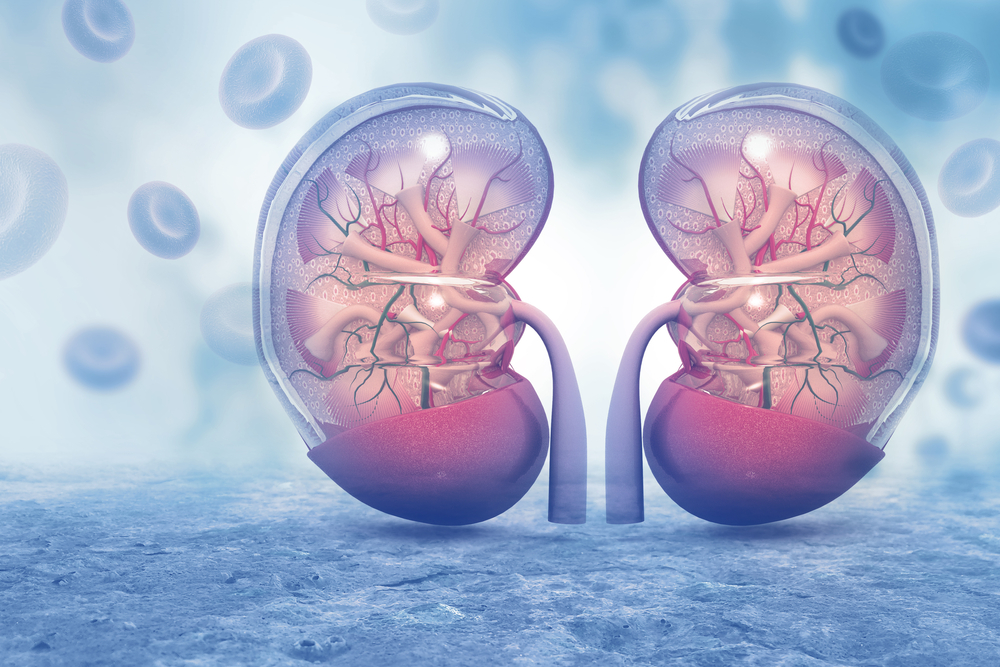Augmented renal clearance: Impact on continuously infused TZP concentrations?

Does augmented renal clearance have a negative impact on continuously infused TZP concentrations?
EJRC Article Review
Inappropriate antibiotic dosing has been linked to adverse infection outcomes1,2.
Augmented renal clearance (ARC, >130mL/min) has been identified as a risk factor for low beta-lactam antibiotic concentrations in ICU patients 5,6. Because beta-lactam antibiotics have time-dependent killing properties, prolonging the duration of infusion has been suggested to overcome the risk of low antibiotic exposure 7.
Carrié, et al. 8 determined whether or not ARC had a negative impact on continuously infused piperacillin/tazobactam (TZP) concentrations. A concentration of 100% fT>MIC was considered therapeutic. A worst-case scenario for empirical dosing was assumed and therefore the clinical highest breakpoint for TZP (MIC = 16mg/L, P. aeruginosa) was used. A loading dose of 4/0.5g over one hour was given, followed by a 16/2g continuous infusion. TZP concentrations were measured after 24, 48 and 72 hours of TZP therapy.
Fifty-nine patients were included in the study.
- In 19% of the patients, one or more concentrations were found to be lower than 100% fT>MIC, i.e. 16 mg/L.
- The rate of under exposure was significantly higher in patients with ARC.
This study is highly relevant as TZP is a commonly prescribed antibiotic in the ICU, continuous infusion of beta-lactam antibiotics is increasingly used and the incidence of ARC in ICU patients is very high. The most important observation here is that ICU patients with ARC are at risk for low TZP exposure, even when the mode of infusion is optimised. The study was not powered to assess whether or not low antibiotic exposure had a negative impact on clinical outcome.
This study also raises some additional questions. First, how far should we go with increasing the dose of a drug that is mainly renally cleared in patients with a very good renal function?7 Second, if a pharmacokinetic/pharmacodynamic target of 100% fT>MIC is adopted, continuous infusion is an all or nothing phenomenon. Either concentrations are above or below the target for the entire duration of the antibiotic therapy.
Take home message
Critically ill patients receiving piperacillin/tazobactam and experiencing augmented renal clearance are at risk for underdosing, even when the mode of infusion is optimised.
Article review for the Journal Club on behalf of the Pneumonia-WG provided by Dr. Sofie Dhaese and Dr. Barbara Borgatta.
References
- Waele JJ De, Lipman J, Akova M, et al. Risk factors for target non-attainment during empirical treatment with β-lactam antibiotics in critically ill patients. Intensive Care Med 2014; 40: 1340–51.
- Delattre IK, Taccone FS, Jacobs F, et al. Optimising β-lactams treatment in critically-ill patients using pharmacokinetics/pharmacodynamics targets: are first conventional doses effective? Expert Rev Anti Infect Ther 2017; 15: 677–688.
- Roberts JA, Paul SK, Akova M, et al. DALI: defining antibiotic levels in intensive care unit patients: are current β-lactam antibiotic doses sufficient for critically ill patients? Clin Infect Dis 2014; 58: 1072–83.
- Sime FB, Udy AA, Roberts JA. Augmented renal clearance in critically ill patients: etiology, definition and implications for beta-lactam dose optimisation. Curr Opin Pharmacol 2015; 24: 1–6.
- Mohd Hafiz A-AA, Staatz CE, Kirkpatrick CM, Lipman J, Roberts JA. Continuous infusion vs. bolus dosing: implications for beta-lactam antibiotics. Minerva Anestesiol 2012; 78: 94–104.
- Carrié C, Legeron R, Petit L, et al. Higher than standard dosing regimen are needed to achieve optimal antibiotic exposure in critically ill patients with augmented renal clearance receiving piperacillin-tazobactam administered by continuous infusion. J Crit Care 2018; 48: 66–71.
- Dhaese SAMA, Roberts JA, Carlier M, Verstraete AG, Stove V, Waele JJ De. Population pharmacokinetics of continuous infusion of piperacillin in critically ill patients. Int J Antimicrob Agents 2018; 51: 594–600.